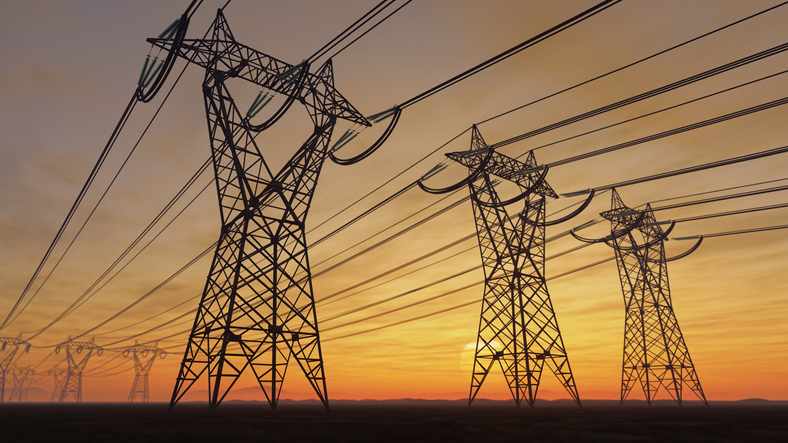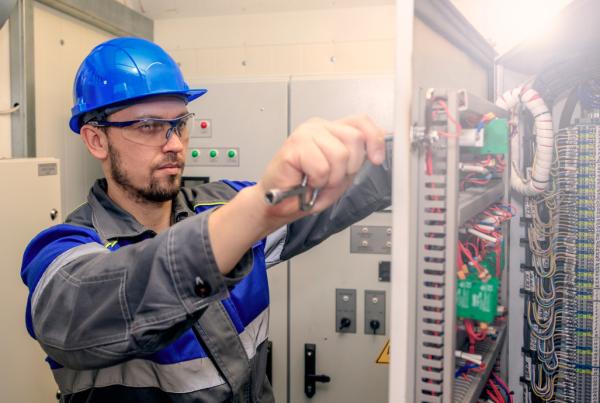Just like all other electrical system elements, transmission systems have also seen an upgrade as the high-voltage direct current (HVDC) technology keeps on improving. Its benefits far outweigh the costs associated with it. These benefits include more efficiency when transmitting high voltages across large distances and longevity.
HVDC transmission systems are quickly becoming an integral part of almost every electrical power system, which is why electrical contractors are increasingly training their staff to be able to install, maintain, and repair the system easily.
Let’s take a closer look at what an HVDC system does for you and some critical elements that make it such an important transmission system component.
HVDC Transmission System – A Core Component of Every Electrical System
Power plants generate alternating current (AC) electricity by default, be it hydro, nuclear, or coal power plants. Since almost every electrical appliance uses AC power, it would seem like an HVDC system adds another ‘conversion’ step to the transmission line.
However, AC power, when flowing across large distances, can introduce a lot of inefficiencies. The troughs and crests mean that there is an increased chance of loss. Direct current, on the other hand, can travel across large areas without any loss.
This is precisely why almost every electrical contractor recommends installing an HVDC system in your electrical system, especially if your plant needs to cater to energy needs across large distances.
A line that extends across 200 to 300 miles would mean that AC power would be extremely unreliable by the point it reaches the end. DC, on the other hand, would get to the end-point with virtually no loss, provided there are no points of resistance within the electrical system.
Conversion of AC to DC
For long-distance transmission, AC power needs to be converted to DC, meaning that two separate converter stations will be needed. First, at the power plant and second at the substation. This is where HVDC links come into play.
Siemens components and HVDC systems are well known across the globe for their reliability, though that reliability comes with a higher price tag. Electrical contractors usually go for their HVDC Plus systems for their excellent harmonics and a much less rate of power losses per 50 miles compared to the rest.
More modern HVDC systems focus on being compact as well, so much so that because of smaller and more powerful components, they take up about 30% to 50% of the space compared to conventional converters.
Examples of Long Distance HVDC Transmission Systems
A prime example of these long-distance HVDC systems currently being used is the DolWin2 project. It uses an underground transmission system, heading to the sea through submerged (submarine) cables, with a very small footprint.
The offshore wind farms of the project are connected with AC cables to an HVDC converter station on the platform (offshore), which is then transmitted through sea cables across 83 miles before connecting to another onshore HVDC system.
New projects are underway with transmission across 500, or even 1,000-mile lines, where offshore wind farms are used to generate electricity and submarine cables are used to transmit it.
HVDC projects are notorious for their scope and room for error, which is why it is crucial that you only work with electrical contractors who are experienced in the field and can obtain the necessary permits as and when needed. Skyline Electric has undertaken extensive electrical projects from time to time and has ensured success for each one of them. Let us help you accomplish the same.
Get in touch with us today, and let us help you strengthen your electrical infrastructure!




